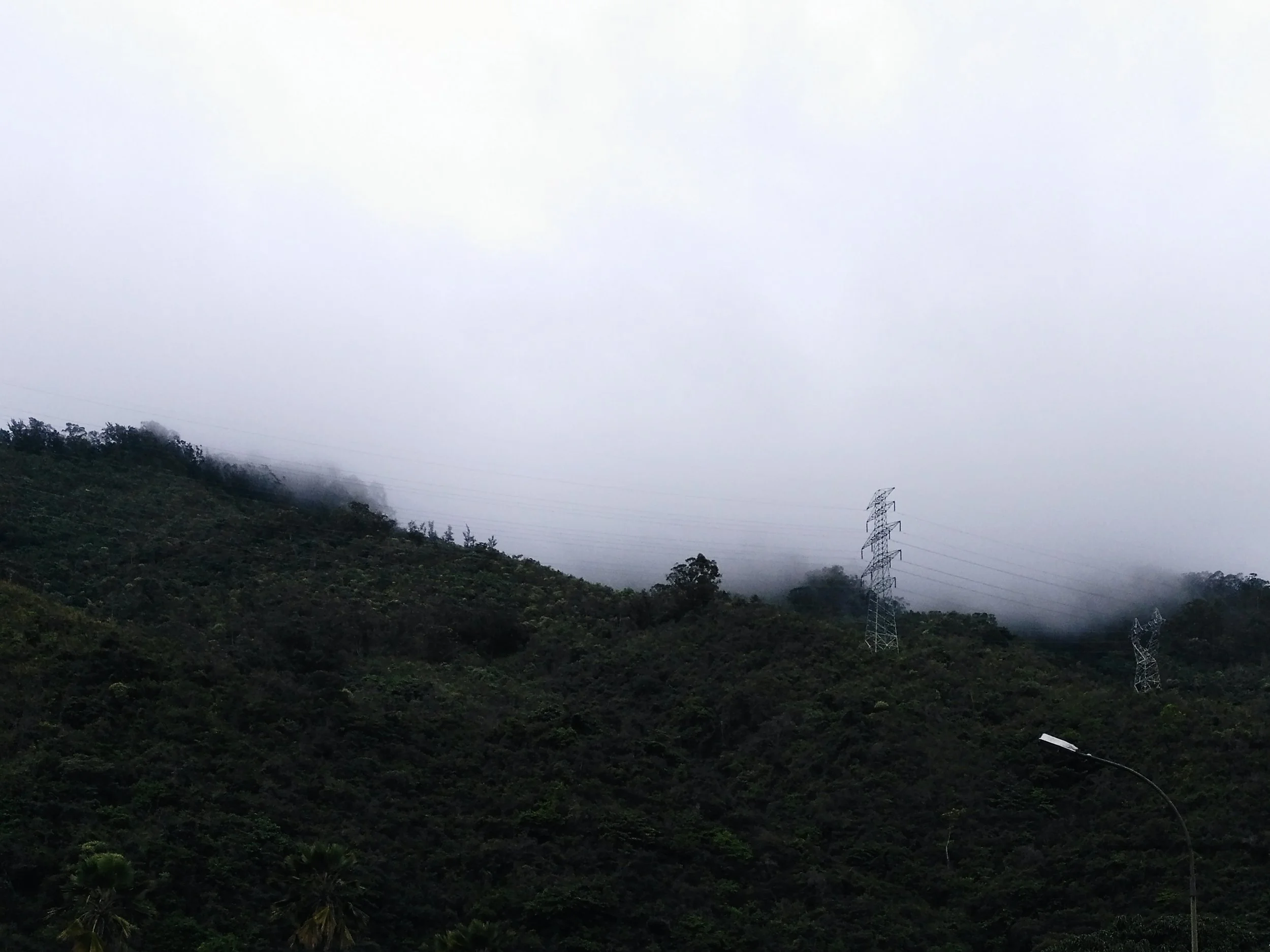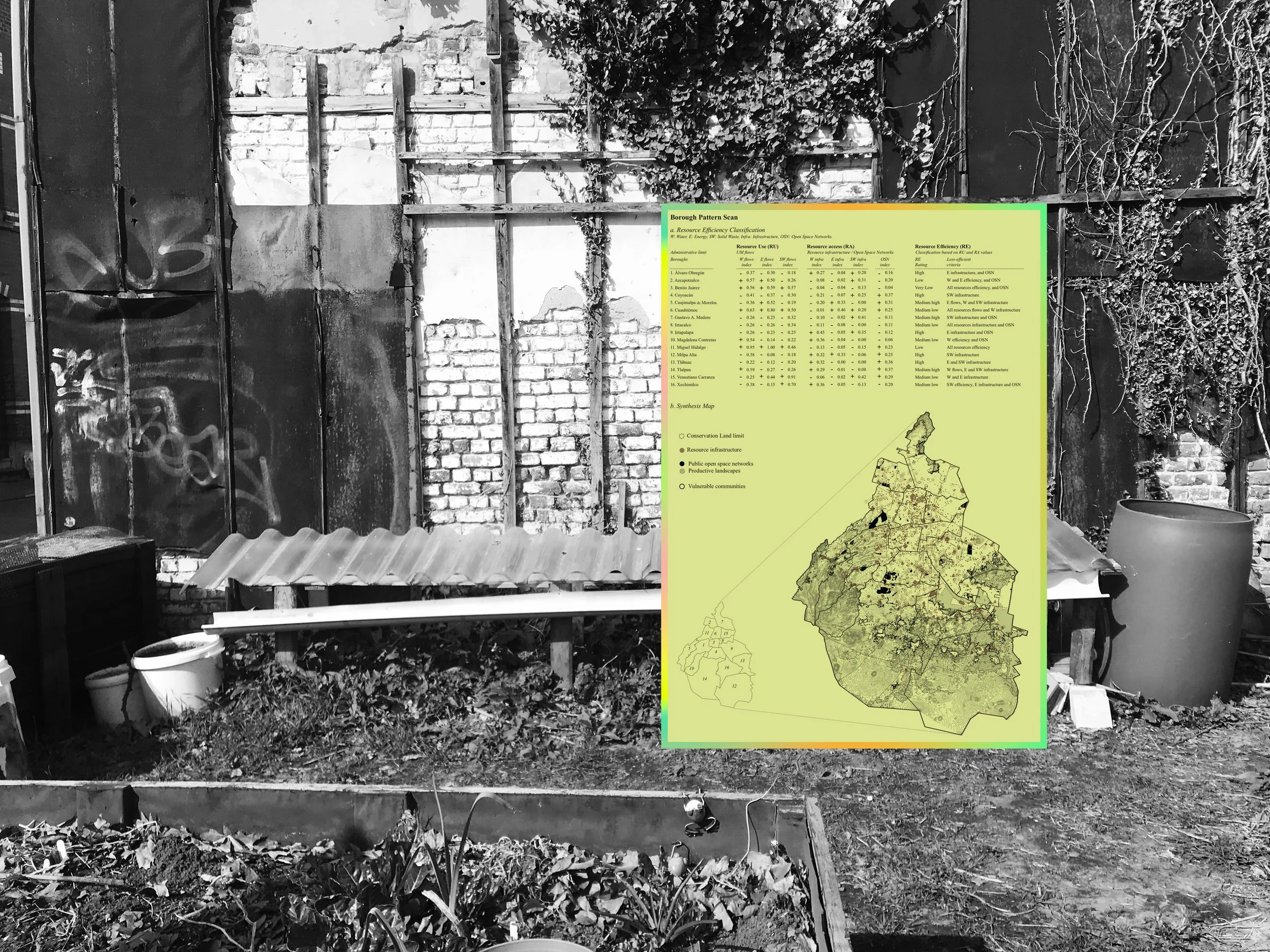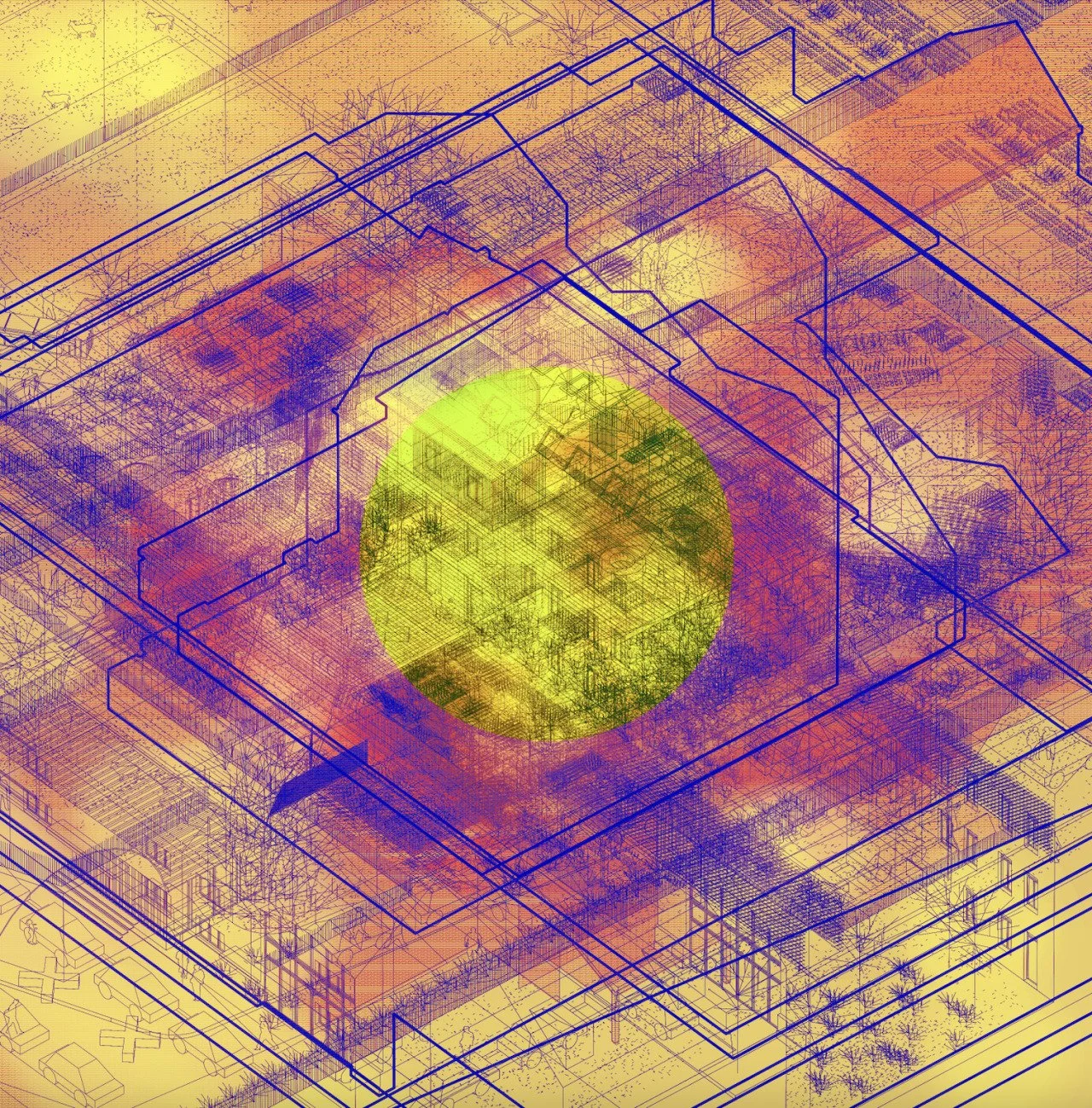the spatial dimension of urban metabolism
Resource flows, public space, and vulnerable communities.
Mexico City, Caracas, and Brussels.
2019 - 2025
/// PhD in Architecture and Urban Planning.
University: LAB UCLouvain ///. PhD research: Daniel Otero Peña ///. Supervisors: Daniela Perrotti (UMlab LAB UCLouvain) and Pierre Vanderstraeten (LAB UCLouvain) ///. Steering committee: Chiara Cavalieri (Super-Positions LAB UCLouvain), Geoffrey Grulois (LOUISE ULB), and Eugene Mohareb (University of Reading) ///. Jury Members: Sergio Altomonte (Architecture et Climat LAB UCLouvain), Carles Crosas (LUB UPC), Emilie Gobbo (Architecture et Climat LAB UCLouvain), Louise Guibrunet (IG UNAM), Eugene Mohareb (University of Reading), chaired by Gérald Ledent (Uses&Spaces LAB UCLouvain) ///. Funding: Assistant position at LOCI UCLouvain.
. Otero Peña, D., Perrotti, D., & Mohareb, E. (2022). Advancing urban metabolism studies through GIS data: Resource flows, open space networks, and vulnerable communities in Mexico City. Journal of Industrial Ecology, 26(4), 1333-1349. https://doi.org/https://doi.org/10.1111/jiec.13261
. Perrotti, D., Moosavi, S., & Otero Peña, D. (2023). Urban Metabolism research can leverage resource-sensitive planning and design of open spaces and green infrastructure. In I. Moulin & L. Vitalis (Eds.), Ré-imaginer des architectures en prenant soin des milieux habités. Europan C17A "Villes Vivantes" (pp. 121–128). Europan France. https://issuu.com/europanfrance.org/docs/europan-c17_texte_v11_pages




